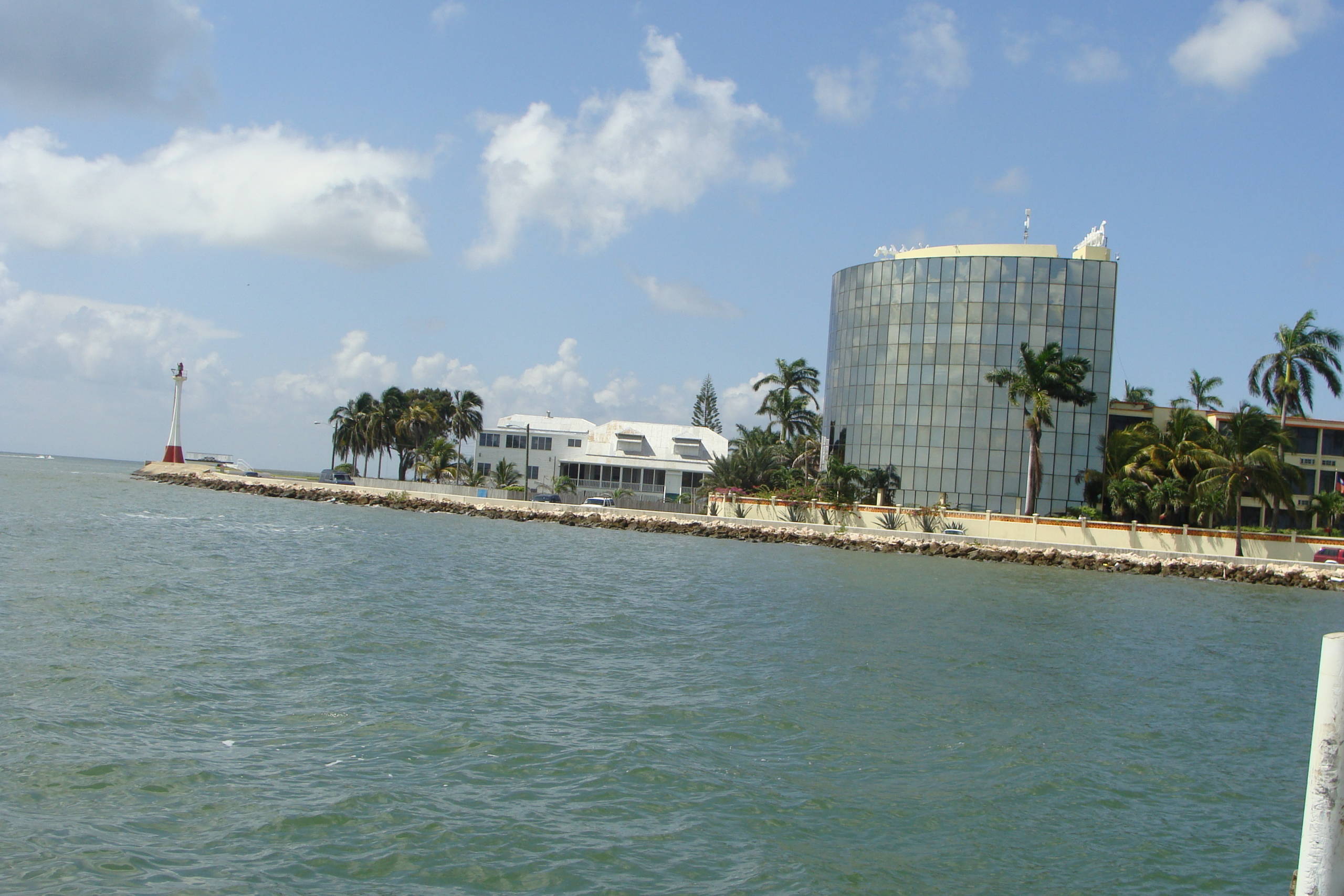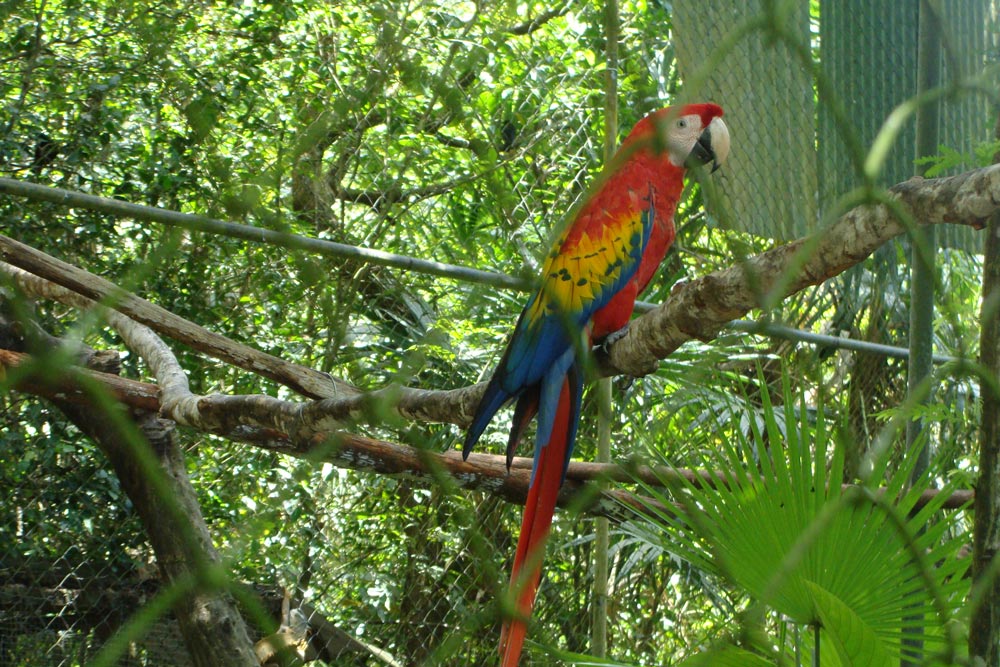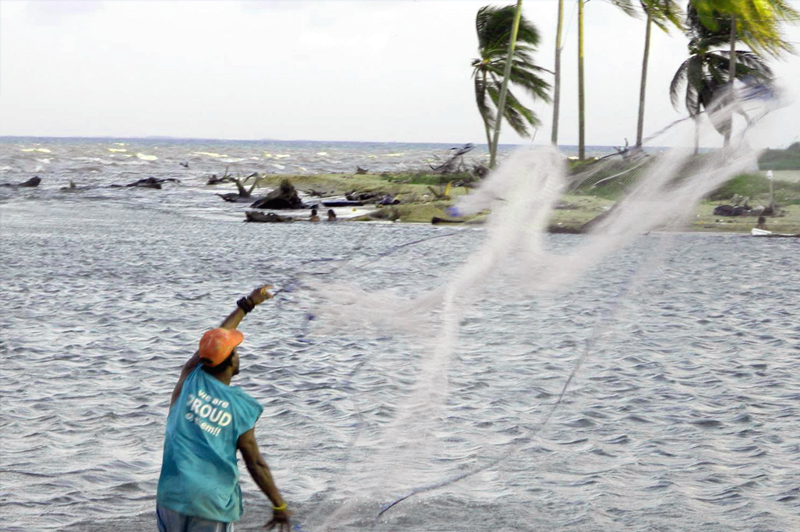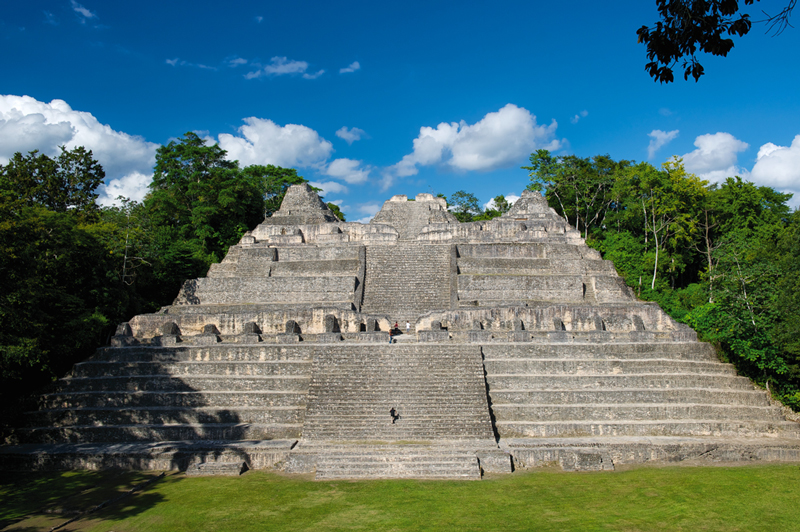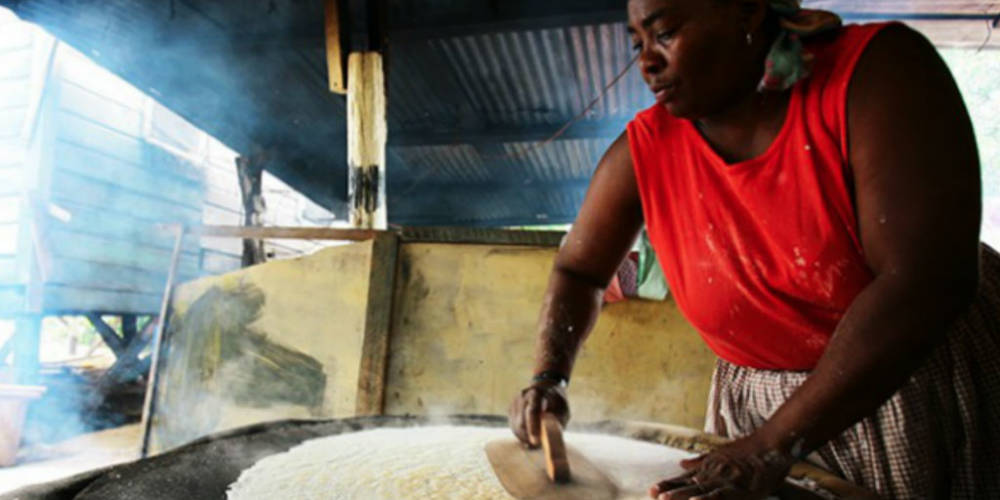
Cassava Bread Making Process
By Myrtle Palacio
Introduction
Cassava bread is a staple food among many indigenous communities in South America, The Caribbean including Belize, and in Honduras. It has widely gained recognition among urban dwellers; especially in areas where flavors such as ginger and garlic are added. Cassava bread production is very labor intensive and in Belize the process takes up to two days.
Day One
The cassava root is harvested and transported from the farm. Each tuber is peeled with a sharp knife and then washed thoroughly to reveal a white under-skin. It is grated either manually (traditional) or mechanized (modern), and the cassava at this point resembles cream cheese. The grated cassava is placed into a long thin drainage structure made out of desmoncus called matapi in Guyana and ruguma in Belize. This is hung from a tree so it drains out the juices. The straining takes several hours and weights are used to speed the process. It is then left overnight to dry some more.
Day Two
The baking process begins. The dried, grated cassava is crumbled, sifted and now resembles flour. The cassava flour is scooped onto a round raised circular platform of cast iron over a wood burning fire. It is quickly spread on the cast iron where for the next twelve minutes the baker presses, flips, spreads and at the end cuts the bread into rectangular and triangular shaped pieces. The baking requires experience and is a job usually done by women.

